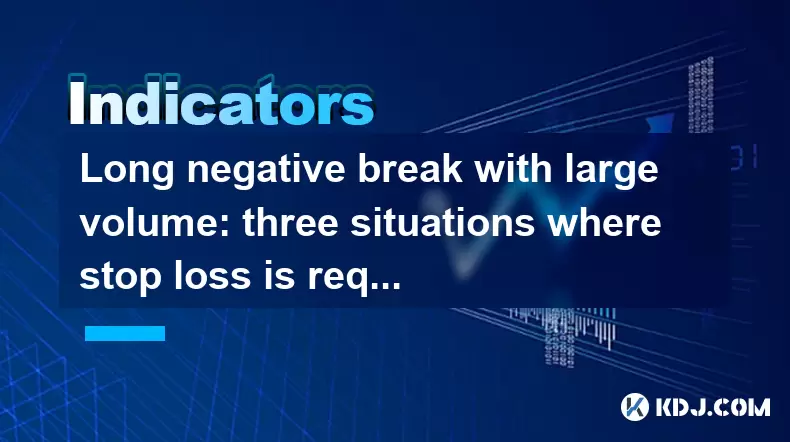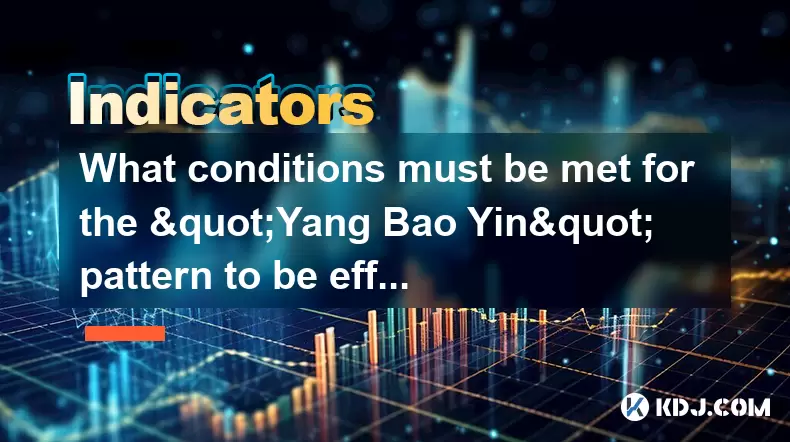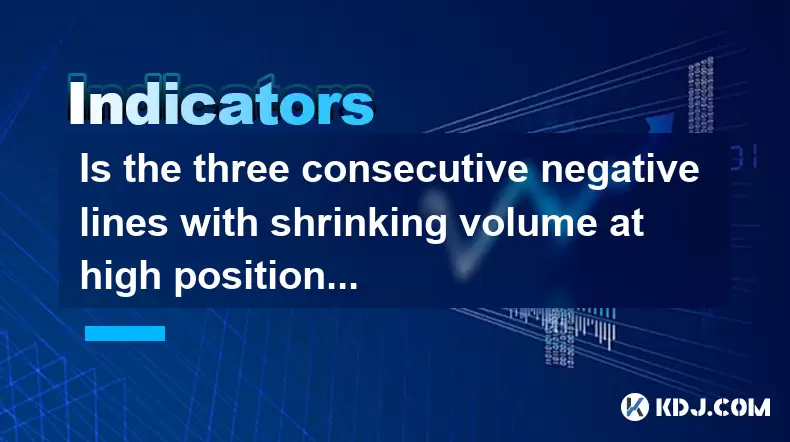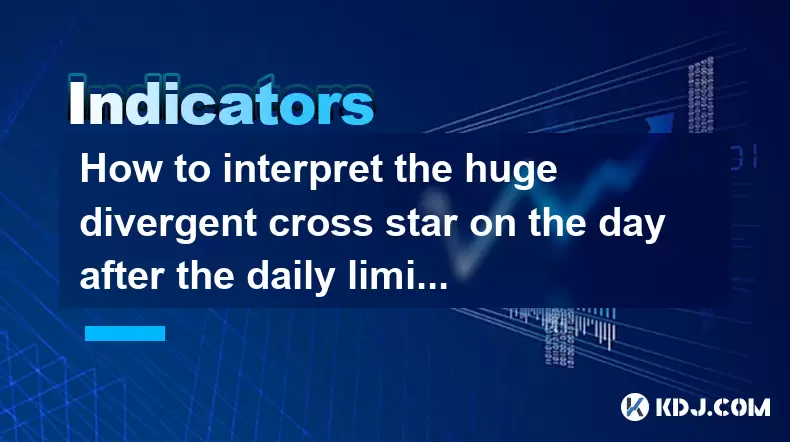-
 Bitcoin
Bitcoin $105,053.8967
0.28% -
 Ethereum
Ethereum $2,536.9103
0.49% -
 Tether USDt
Tether USDt $1.0004
0.01% -
 XRP
XRP $2.1735
1.51% -
 BNB
BNB $650.9659
-0.36% -
 Solana
Solana $146.0013
1.03% -
 USDC
USDC $1.0000
0.01% -
 Dogecoin
Dogecoin $0.1776
1.66% -
 TRON
TRON $0.2700
-1.20% -
 Cardano
Cardano $0.6367
0.08% -
 Hyperliquid
Hyperliquid $41.5154
4.36% -
 Sui
Sui $3.0303
1.00% -
 Bitcoin Cash
Bitcoin Cash $436.0395
5.03% -
 Chainlink
Chainlink $13.1926
-0.32% -
 UNUS SED LEO
UNUS SED LEO $9.0306
-0.41% -
 Stellar
Stellar $0.2595
0.37% -
 Avalanche
Avalanche $19.1528
0.37% -
 Toncoin
Toncoin $3.0008
1.46% -
 Shiba Inu
Shiba Inu $0.0...01218
4.24% -
 Hedera
Hedera $0.1597
4.06% -
 Litecoin
Litecoin $86.1907
2.88% -
 Polkadot
Polkadot $3.8078
-0.27% -
 Ethena USDe
Ethena USDe $1.0005
0.02% -
 Monero
Monero $315.3789
0.26% -
 Dai
Dai $0.9999
0.01% -
 Bitget Token
Bitget Token $4.5446
0.46% -
 Pepe
Pepe $0.0...01114
4.48% -
 Uniswap
Uniswap $7.3261
1.15% -
 Pi
Pi $0.5867
5.21% -
 Aave
Aave $276.8268
-2.40%
Long negative break with large volume: three situations where stop loss is required
A long negative break with large volume in crypto signals strong selling pressure, often indicating institutional sell-offs and potential trend reversals.
Jun 13, 2025 at 08:14 am

Understanding the Long Negative Break with Large Volume
A long negative break with large volume typically refers to a situation in which an asset experiences a sharp downward movement accompanied by unusually high trading volume. This pattern is often seen as a bearish signal, suggesting that institutional or large investors are actively selling off their holdings. In the cryptocurrency market, such events can be particularly impactful due to the high volatility and speculative nature of digital assets.
When this occurs, traders must assess whether it's a temporary correction or a reversal of the prevailing trend. The key here is understanding the context — what preceded the drop, how much volume was involved, and whether there were any fundamental triggers behind the move.
Large volume during a price decline indicates strong selling pressure, which may imply that the support levels previously considered reliable might no longer hold.
Situation 1: Breakdown Below a Key Support Level
One of the primary situations where a stop loss becomes necessary is when the price breaks below a key support level with large volume. Support levels are technical zones where buying interest has historically been strong enough to halt further price declines.
If a cryptocurrency asset drops below such a level on high volume, it suggests that sellers have overwhelmed buyers, potentially signaling a shift in sentiment.
- Identify the nearest major support level using tools like trendlines, moving averages, or horizontal support zones.
- Monitor volume indicators such as On-Balance Volume (OBV) or Volume Weighted Average Price (VWAP) to confirm strength behind the move.
- Set a stop loss just below the broken support zone to limit potential losses if the downtrend continues.
This breakdown often leads to a cascade of sell orders, especially from automated systems, making manual intervention critical for risk management.
Situation 2: Failure to Reclaim the Moving Averages
Another scenario where stop loss placement becomes crucial is when the price fails to reclaim important moving averages, especially after a long negative break with large volume. Moving averages such as the 50-day or 200-day Simple Moving Average (SMA) act as dynamic support or resistance levels.
After a significant drop, if the price attempts to rebound but fails to cross above these key averages on sustained volume, it signals continued weakness.
- Plot the 50-day and 200-day SMAs on your charting platform to monitor price interaction.
- Observe candlestick patterns near these levels to gauge rejection or acceptance by the market.
- Place a stop loss below the recent swing low if the price shows signs of rolling over again.
Traders who ignore such signals risk holding onto assets that may continue to depreciate without clear technical justification for optimism.
Situation 3: Confirmation of Trend Reversal Through Indicators
The third critical situation involves the confirmation of a trend reversal through technical indicators following a long negative break with large volume. Popular tools such as the Relative Strength Index (RSI), Moving Average Convergence Divergence (MACD), and Bollinger Bands can provide early warnings of a shift in momentum.
For instance, if RSI moves into overbought territory but then collapses below the 50 line, or if the MACD line crosses below the signal line with expanding histogram bars, it confirms a bearish turn.
- Use RSI divergence to detect hidden weakness even if the price hasn’t fallen yet.
- Check for MACD crossovers below the zero line as a confirmation of downside momentum.
- Adjust stop loss orders dynamically based on shifting indicator readings rather than static price points.
These indicators should not be used in isolation but combined with volume analysis and price action to increase reliability.
Practical Stop Loss Placement Techniques
Proper stop loss placement is more art than science, especially in the crypto space where gaps and slippage are common. Traders should consider both volatility and liquidity when setting stops.
One effective method is using the Average True Range (ATR) to determine appropriate distances for stop losses. For example, placing a stop loss at 1.5 times the ATR value below the entry point can help avoid premature exits while still managing risk.
- Calculate the current ATR value on your preferred time frame (daily or 4-hour charts are common).
- Multiply the ATR by a factor (e.g., 1.5) to allow room for normal price fluctuations.
- Position the stop loss accordingly below key technical levels or entries.
Using trailing stops can also help protect gains once the trade moves in your favor, especially in fast-moving markets.
Common Mistakes to Avoid in High-Volume Drops
Many traders make the mistake of ignoring volume spikes during sharp price drops. They either hope for a quick bounce or misinterpret short-term rallies as reversals. However, in crypto markets, large volume often precedes extended corrections or bear phases.
Other errors include:
- Placing stop losses too tight and getting stopped out before the market reveals its true direction.
- Failing to reassess positions after a major technical level is breached.
- Holding onto losing positions due to emotional bias rather than objective analysis.
It’s essential to maintain discipline and stick to predefined rules when dealing with volatile price action triggered by high-volume sell-offs.
Frequently Asked Questions
Q: How do I differentiate between a temporary pullback and a long negative break?
A: Look for volume confirmation. A temporary pullback usually sees declining volume, whereas a long negative break is often marked by increasing volume and a decisive breach of key support levels.
Q: Should I always place a stop loss immediately after a sharp drop?
A: Not necessarily. Wait for confirmation of a breakdown or trend reversal before adjusting your stop loss. Prematurely placing stops can lead to unnecessary losses.
Q: Can I use leverage during high-volume downswings?
A: Leverage increases risk significantly during volatile periods. It’s generally safer to reduce exposure or exit entirely if the technical picture deteriorates sharply.
Q: What tools can help me monitor volume effectively?
A: Tools like OBV, VWAP, and Chaikin Money Flow (CMF) are useful for analyzing volume trends. Most modern charting platforms offer these indicators built-in.
Disclaimer:info@kdj.com
The information provided is not trading advice. kdj.com does not assume any responsibility for any investments made based on the information provided in this article. Cryptocurrencies are highly volatile and it is highly recommended that you invest with caution after thorough research!
If you believe that the content used on this website infringes your copyright, please contact us immediately (info@kdj.com) and we will delete it promptly.
- Rexas Finance (RXS), Sui (SUI), Shiba Inu (SHIB), and Hedera (HBAR): 4 Cryptos to Watch in 2024
- 2025-06-14 21:50:12
- As Over $90 Billion in TVL Remains Untapped, a New Generation of Crypto Companies Emerges
- 2025-06-14 21:50:12
- Mutuum Finance (MUTM) Pre-Sale Raises $7.3M Awaiting 20% Cost Increase to $0.03
- 2025-06-14 21:45:12
- USD/CAD Depreciates as US Dollar Remains Subdued
- 2025-06-14 21:45:12
- Tariff Tensions Reinforce JPY Safe-Haven Appeal
- 2025-06-14 21:40:13
- President Trump's upcoming 100-day speech has attracted great attention in the cryptocurrency field.
- 2025-06-14 21:40:13
Related knowledge

How to calculate the probability of trend continuation after the MACD column divergence?
Jun 14,2025 at 08:01am
Understanding MACD Column DivergenceThe Moving Average Convergence Divergence (MACD) is a widely used technical indicator in cryptocurrency trading. The MACD column, also known as the histogram, represents the difference between the MACD line and the signal line. When price makes a new high or low but the MACD histogram does not confirm this movement, a...

What are the volume requirements for adjusting the K line in the "rising three methods" pattern?
Jun 14,2025 at 07:50am
Understanding the 'Rising Three Methods' Pattern in Cryptocurrency TradingThe 'rising three methods' pattern is a bullish continuation candlestick formation that traders often use to identify potential upward momentum in cryptocurrency price charts. This pattern typically appears during an uptrend and suggests that the trend is likely to continue after ...

What conditions must be met for the "Yang Bao Yin" pattern to be effective?
Jun 14,2025 at 06:42am
Understanding the 'Yang Bao Yin' Pattern in Cryptocurrency TradingThe Yang Bao Yin pattern is a candlestick formation commonly observed in technical analysis within the cryptocurrency market. This pattern typically signals a potential bullish reversal after a downtrend. However, for this pattern to be effective and reliable, certain conditions must be m...

Is the three consecutive negative lines with shrinking volume at high positions a signal that the main force has finished shipping?
Jun 14,2025 at 09:56am
Understanding the Concept of Three Consecutive Negative LinesIn cryptocurrency trading, three consecutive negative lines refer to a situation where an asset's price chart shows three successive candlesticks with closing prices lower than their opening prices. This pattern typically indicates bearish sentiment in the market. When this occurs at high posi...

Is it an opportunity for the long positive line with large volume to break through the platform and then shrink back?
Jun 14,2025 at 04:42am
Understanding the Long Positive Line with Large VolumeIn technical analysis, a long positive line refers to a candlestick pattern where the closing price is significantly higher than the opening price, often indicating strong buying pressure. When this occurs alongside large volume, it suggests that market participants are actively involved in pushing t...

How to interpret the huge divergent cross star on the day after the daily limit?
Jun 14,2025 at 02:35pm
Understanding the Divergent Cross Star PatternIn the realm of technical analysis within cryptocurrency trading, candlestick patterns are essential tools for predicting price movements. One such pattern is the divergent cross star, which appears as a doji or near-doji candle following a significant price move. When this pattern occurs the day after a dai...

How to calculate the probability of trend continuation after the MACD column divergence?
Jun 14,2025 at 08:01am
Understanding MACD Column DivergenceThe Moving Average Convergence Divergence (MACD) is a widely used technical indicator in cryptocurrency trading. The MACD column, also known as the histogram, represents the difference between the MACD line and the signal line. When price makes a new high or low but the MACD histogram does not confirm this movement, a...

What are the volume requirements for adjusting the K line in the "rising three methods" pattern?
Jun 14,2025 at 07:50am
Understanding the 'Rising Three Methods' Pattern in Cryptocurrency TradingThe 'rising three methods' pattern is a bullish continuation candlestick formation that traders often use to identify potential upward momentum in cryptocurrency price charts. This pattern typically appears during an uptrend and suggests that the trend is likely to continue after ...

What conditions must be met for the "Yang Bao Yin" pattern to be effective?
Jun 14,2025 at 06:42am
Understanding the 'Yang Bao Yin' Pattern in Cryptocurrency TradingThe Yang Bao Yin pattern is a candlestick formation commonly observed in technical analysis within the cryptocurrency market. This pattern typically signals a potential bullish reversal after a downtrend. However, for this pattern to be effective and reliable, certain conditions must be m...

Is the three consecutive negative lines with shrinking volume at high positions a signal that the main force has finished shipping?
Jun 14,2025 at 09:56am
Understanding the Concept of Three Consecutive Negative LinesIn cryptocurrency trading, three consecutive negative lines refer to a situation where an asset's price chart shows three successive candlesticks with closing prices lower than their opening prices. This pattern typically indicates bearish sentiment in the market. When this occurs at high posi...

Is it an opportunity for the long positive line with large volume to break through the platform and then shrink back?
Jun 14,2025 at 04:42am
Understanding the Long Positive Line with Large VolumeIn technical analysis, a long positive line refers to a candlestick pattern where the closing price is significantly higher than the opening price, often indicating strong buying pressure. When this occurs alongside large volume, it suggests that market participants are actively involved in pushing t...

How to interpret the huge divergent cross star on the day after the daily limit?
Jun 14,2025 at 02:35pm
Understanding the Divergent Cross Star PatternIn the realm of technical analysis within cryptocurrency trading, candlestick patterns are essential tools for predicting price movements. One such pattern is the divergent cross star, which appears as a doji or near-doji candle following a significant price move. When this pattern occurs the day after a dai...
See all articles

























































































